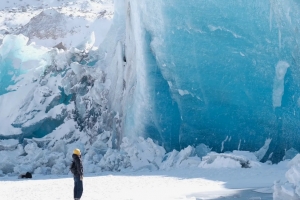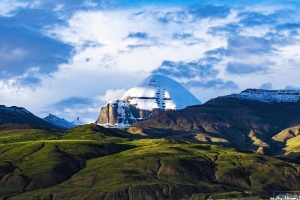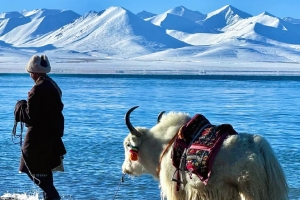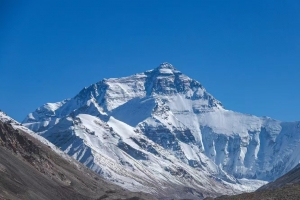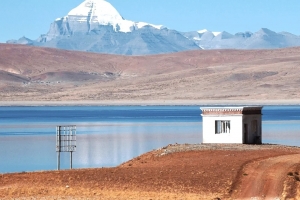Mount Kailash, an awe-inspiring peak rising in the remote Tibetan Plateau, is more than just a mountain—it is a spiritual axis, a celestial beacon that has drawn seekers, sages, and pilgrims for millennia. Considered sacred in Hinduism, Buddhism, Jainism, and Bön, its untouched summit and the legendary kora surrounding it make it one of the most revered pilgrimage sites on Earth. Among the many spiritual stops along the journey, Dira Puk Monastery stands out as a place of profound meditation and divine encounter. This guide explores the deep-rooted mythology and spiritual significance of Mount Kailash and Dira Puk, offering insight into the mystical journey that has captivated countless souls.
The Mythic Heart of Mount Kailash
Mount Kailash is not just a geographic wonder but a spiritual axis revered across multiple faiths. In Hinduism, it is considered the abode of Lord Shiva, the supreme ascetic who meditates on its peak. According to ancient scriptures, the mountain is shaped like a giant lingam, symbolizing divine power. The Hindu epic Ramayana mentions that Shiva and his consort, Parvati, reside here, making it a site of profound spiritual energy.
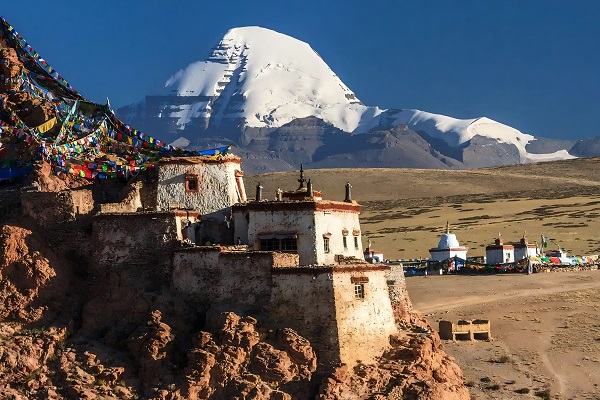
Buddhists regard Mount Kailash as Kang Rinpoche, the ‘Precious Snow Mountain,’ and associate it with Demchok (Chakrasamvara), a deity representing supreme bliss. Tibetan Buddhist legends tell of Milarepa, the great yogi, who defeated the Bön master Naro Bön-chung in a magical battle at the mountain. The victory established Buddhism’s dominance in the region, and Kailash remains a pivotal site of pilgrimage.
Jains believe Kailash to be Ashtapada, where their first Tirthankara, Rishabhadeva, attained moksha (liberation). In the Bön tradition, it is known as the axis mundi of the world, a cosmic pillar linking heaven, earth, and the underworld.
Walking the Sacred Kora: A Pilgrimage of the Soul
The 52-kilometer kora around Mount Kailash is not merely a physical journey but a metaphysical passage believed to purify karma and lead one closer to enlightenment. Walking the path is considered an act of devotion, with many pilgrims prostrating the entire way to earn divine merit. The clockwise circuit, undertaken by Buddhists and Hindus, is said to mirror the movement of the celestial bodies, aligning the soul with cosmic rhythms.
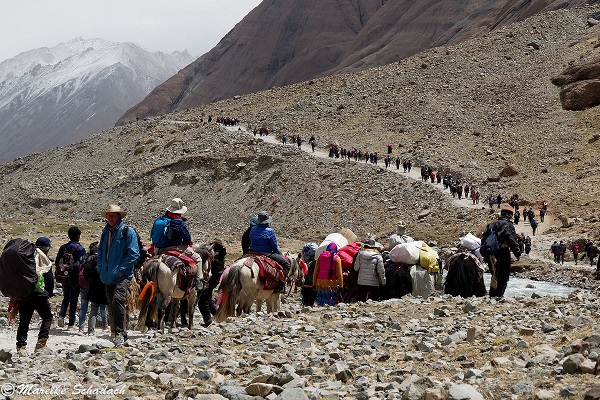
One of the most profound beliefs surrounding the kora is that a single circumambulation cleanses sins of a lifetime, while completing 108 grants liberation from the cycle of rebirth. Those who fail to complete the journey due to exhaustion or external obstacles are sometimes said to be carrying unresolved karma from past lives.
Dira Puk Monastery: A Sanctuary of Meditative Power
Dira Puk Monastery is an essential stop along the kora, offering one of the most sacred views of Mount Kailash’s northern face. It is named after a cave where Milarepa is believed to have meditated, channeling the energies of the mountain into his spiritual practice.
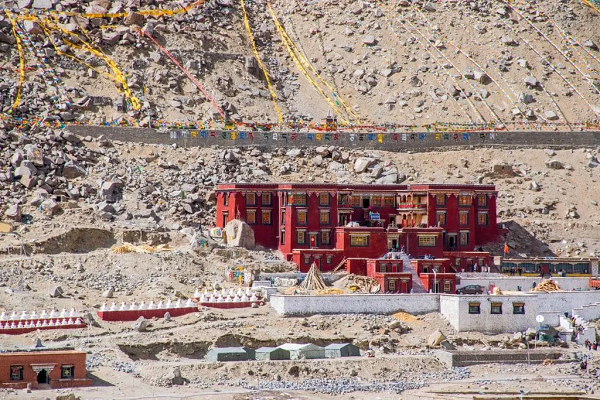
The monastery is a place of ascetic retreat, where monks and pilgrims alike seek to connect with the divine presence of Kailash. The aura of the site is said to be imbued with the echoes of past practitioners, and those who meditate here claim to experience visions and profound spiritual insights. The walls of the monastery contain ancient murals and scriptures, detailing the legendary battles of faith that have taken place in the region.
Dolma La Pass: The Gateway to Rebirth
Beyond Dira Puk lies the Dolma La Pass, symbolizing the threshold between life and rebirth. The pass, named after the goddess Dolma (Tara), is adorned with thousands of prayer flags left by devotees. Here, the spirit is tested as one ascends the highest point of the kora, where the air is thin, and the landscape seems otherworldly.
Many pilgrims leave personal objects at the pass, representing their past burdens, and carry small stones as symbols of their spiritual journey. The act of crossing Dolma La is believed to be a microcosm of death and rebirth, a symbolic shedding of worldly attachments in preparation for enlightenment.
The Eternal Mystery of Kailash
Despite its sacred stature, Mount Kailash remains one of the least explored peaks in the world. Some legends claim that time flows differently near its summit, with sages aging centuries in mere moments. Others believe that the mountain is hollow, containing a divine realm inaccessible to mortals.
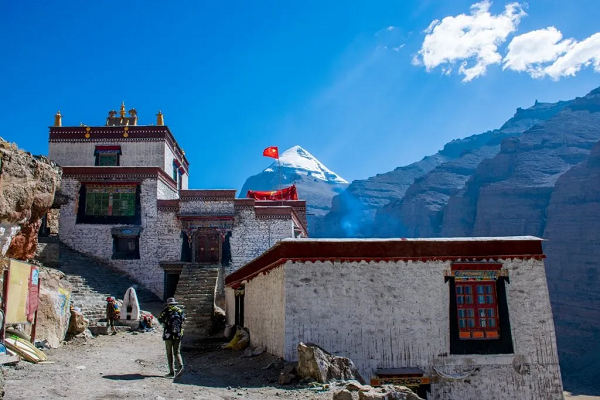
Tibetan myths also speak of Shambhala, a mystical kingdom hidden beyond Mount Kailash, accessible only to the pure-hearted. Some explorers have reported inexplicable phenomena near the mountain, including compasses spinning wildly and visions of celestial beings.
A Journey Beyond Time and Space
Mount Kailash and Dira Puk Monastery are more than pilgrimage destinations; they are portals to the divine, enshrined in myth and legend. To walk their paths is to step outside time, to experience the unseen forces that have shaped human spirituality for millennia. Whether seeking enlightenment, paying homage, or simply absorbing the mountain’s enigmatic energy, every traveler leaves with a story woven into the eternal lore of Kailash.

